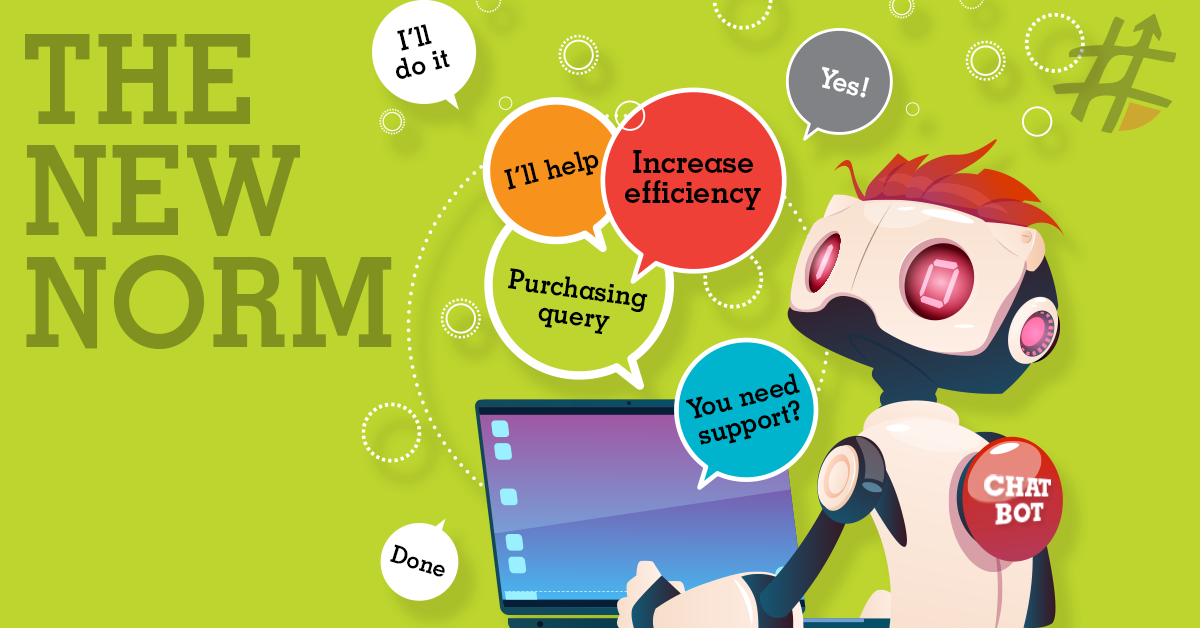Back in 2016, Gartner predicted that “About 30% of searches will be done without a screen by 2020”. The following year, Oracle suggested that a significant portion of the sales executives are either already using chatbots or planned to use them by 2020.
Well, it’s 2020, so how did these predictions fare?
It’s fair to say that did not suddenly appear in every procurement office as soon as the calendar rolled over to 01/01/2020. However, though they may be far from saturation levels, chatbots are making good headway into all industries, and ours is no exception. For instance, SAP Ariba, which offers an enterprise digital procurement bot, is going strong. It’s likely that, going forward, we’re going to see more voice-activated systems, simply because their benefits are too great to ignore.
So, what are these benefits?
Voice activation routines
One of the chief ways voice-activation systems are utilised in our homes is by using Google Home or Amazon Alexa to trigger pre-programmed routines. For example, “Ok Google, goodnight” can trigger the nightly routine that prompts you to set the alarm, turn off lights, and play soothing rain noises to lull you to sleep. Similarly, procurement voice-activated systems can have pre-programmed routines that trigger on command, which can increase efficiency through convenience.
Guided buying
As with Artificial Intelligence, chatbots can be used in procurement to help make better purchasing decisions. Essentially, you can hold a conversation with a bot at your leisure and, through the dialogue, get the information you need in a more natural, intuitive way. Once you have made your decision, you can use a pre-programmed automated routine to execute the purchase order.
Operational support
The most common applications of chatbots in other industries can also be applied to procurement. Combined with natural language-based voice-activated systems, chatbots have the potential to deliver better operational support to procurement professionals at all levels.
For instance, if a person has a query about a shipment or order, you don’t want them spending hours on the phone being passed like a hot potato between departments. Chatbots can be programmed to provide answers to all frequently asked questions based on an order number, thus saving that person valuable work time, as well as the people scrambling to find the answer. If, however, the answer can’t be provided by the chatbot, then they can be connected with a human.
Voice activation systems can be nuanced
Finally, the best part of the AI-enabled, voice-activation system: they can be built upon without adding increased complexity for the user. Adding more modules means that the system understands more of what you want. It does not involve people learning new ways to interact with the system. Rather, it’s that the system tomorrow understands what you mean more than it did today.
No doubt that in 2016 and ‘17, 2020 sounded like a nice round year to latch predictions on to. But no one back then would have guessed that COVID-19 would dominate 2020. The coronavirus pandemic has accelerated digital transformation. It’s very likely that, while chatbots haven’t saturated the market yet, they will do so before long, as many of us find that our closest work colleague is the voice-activated smart device sitting at the corner of our desk.



